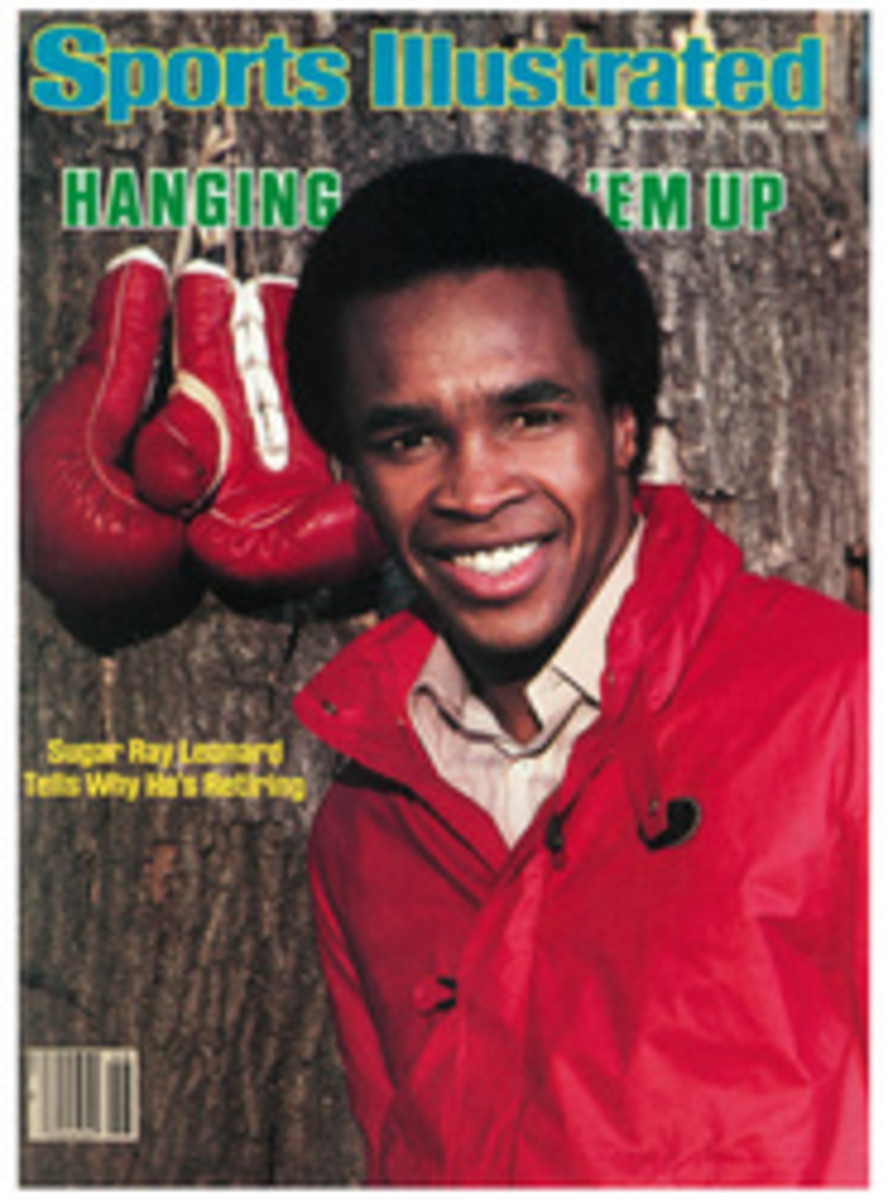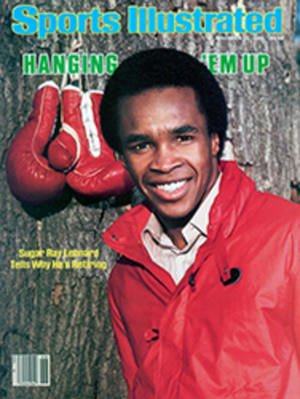
OH SAY, WHO CAN SEE BEST WHERE A TENNIS BALL BOUNCES ON THE COURT?
In tennis, line calling is the root of most evil. Major tournaments like Wimbledon and the U.S. Open use an electronic eye to call the service lines, but every other call is made—and often disputed—by human eyewitnesses.
Arguments often arise during matches because everyone is sure he or she is in the best position to see where the ball bounced. Players say that they are often closest to the bounce and contend that the feel of each shot tells them where the ball will land. The chair umpire prefers the view from his courtside throne. Fans swear by their high vantage points, and TV commentators rely on slow-motion replays. The linespeople—the folks actually designated to make the calls—say, "None of the above," and claim incontestable superiority.
To bury the argument for good, the USTA recently subsidized an exhaustive study of vision in tennis. Coach Vic Braden and Dr. Gideon Ariel, computer scientist and biomechanist, conducted the study at their Coto Research Center south of Los Angeles, pouring in $50,000 of their own money to supplement the USTA's $20,000.
The subjects included eight veteran officials; 12 teaching pros, many with tournament experience, who took part on a rotating basis both on the court and in the stands; and one man untutored in playing or in line calling. On-court subjects estimated where the ball bounced while they hit or received shots, and other subjects made calls from 20 seated positions at various angles and distances from the court. The people in seats were prevented from looking for the ball mark.
Braden and Ariel compared the subjects' estimates to the locations of the ball marks, as measured from the nearest lines, confirmed by an ultra-high-speed film taken during the tests and reconfirmed by a computer's three-dimensional analysis of the film.
Pinpointing the bounce of a ball that travels at speeds up to 140 mph and stays on the court surface for about 3/1000th of a second proved more challenging than anyone had expected. Subjects found it especially difficult to call a service line or baseline because the ball flashed across their field of vision so quickly. The toughest shots to call were sharply angled spinning serves because they combine high velocity with a sudden change of direction.
The least accurate calls were made by those self-proclaimed paragons of good vision, the players. Whether serving, returning serve or hitting balls from the baseline, they scored miserably, and almost 40% of the time they admitted that their calls were nothing more than guesses. The worst group, players returning serve, missed calls on incoming shots by as much as three feet.
Braden gives four reasons for the players' woeful showing. First, a player moves so much that he almost never gets a stationary fix on the ball's flight. (To see how drastically motion impairs vision, jiggle this magazine rapidly and try to keep reading.) Second, when a player hits the ball across the net, he's generally too far away to see precisely where it bounces. Third, when a ball whizzes in close to a player, it goes through his field of vision too fast to track. And fourth, when the game is played at a fast pace, a player often takes his eyes off the ball before beginning his stroke.
This last point may seem impossible to believe, but Braden has studied an enormous number of action photos of players, and he says that on many strokes the pupils of a player's eyes are no longer aimed at the ball once it has crossed to his side of the net. Thus the ball may leave the player's central field of vision just before it bounces, and by the time it reaches his racket, the player's eyes may be focused all the way upcourt. Braden and Ariel found that players who forced themselves to watch for the bounce made clumsy, inaccurate strokes.
How can a player hit the ball if he doesn't watch it bounce to his racket? According to Braden and many tennis-minded ophthalmologists, an experienced player follows a largely unconscious rhythm. He gets clues on the ball's trajectory, speed and spin from his opponent's stroke, tracks the ball to his side of the net and then swings his racket where he knows the ball should be.
Though the seated subjects fared better than the players, they too revealed some definite weaknesses. Those in the umpire's chair missed only half as many calls as the players, but they did poorly when their heads were moving or when balls were hit into the service boxes nearest the chair. Subjects in selected seats fans might occupy at a match scored as well as the chair umpire when they could sight directly down a line, but from other angles they did much worse.
Although Braden and Ariel didn't test TV commentators, Braden dismisses the value of TV replays on technical grounds. "Our research shows that television cameras have the same perspective problems as humans," he says, "so you'd need a herd of them to do the job right. And replays on standard commercial equipment don't slow the ball's flight enough to freeze it at impact on the court."
Interestingly enough, the subjects who made the best calls were those in the conventional linespeople's positions—sitting a few yards off the court, sighting down a single line and keeping as still as possible. Experienced linespeople outdid inexperienced subjects, but even the man making calls for the first time in his life outdid every one of the players.
Overall, this group missed only half as many calls as the subjects in the umpire's chair or in the positions of well-placed fans, and they missed one-fourth as many calls as the players. During one series of shots (about 50) they made no mistakes.
Realistically, one can't expect linespeople to perform this well in tournaments, where they can be confronted by fatigue and eyestrain. In trying to maintain concentration for hours, they can become mesmerized by the line and their vision can become blurred.
In addition, some linespeople may be hampered by untested-for visual deficiencies. Most nations require officials to qualify by scoring 20/20 with or without corrective lenses when reading a stationary chart, but no nation tests for the quite different visual ability needed in line calling: tracking a moving ball and establishing its relationship to a stationary line.
Nevertheless, the Braden-Ariel study proves that linespeople are normally in the best positions to see where the ball bounces, and it shows that argumentative players, chair umpires and second-guessing fans and TV commentators are far more fallible. Though some of the linespeople are fooled some of the time, it's clear that nobody else can consistently call the lines as well. That's one point everybody should be able to see.

